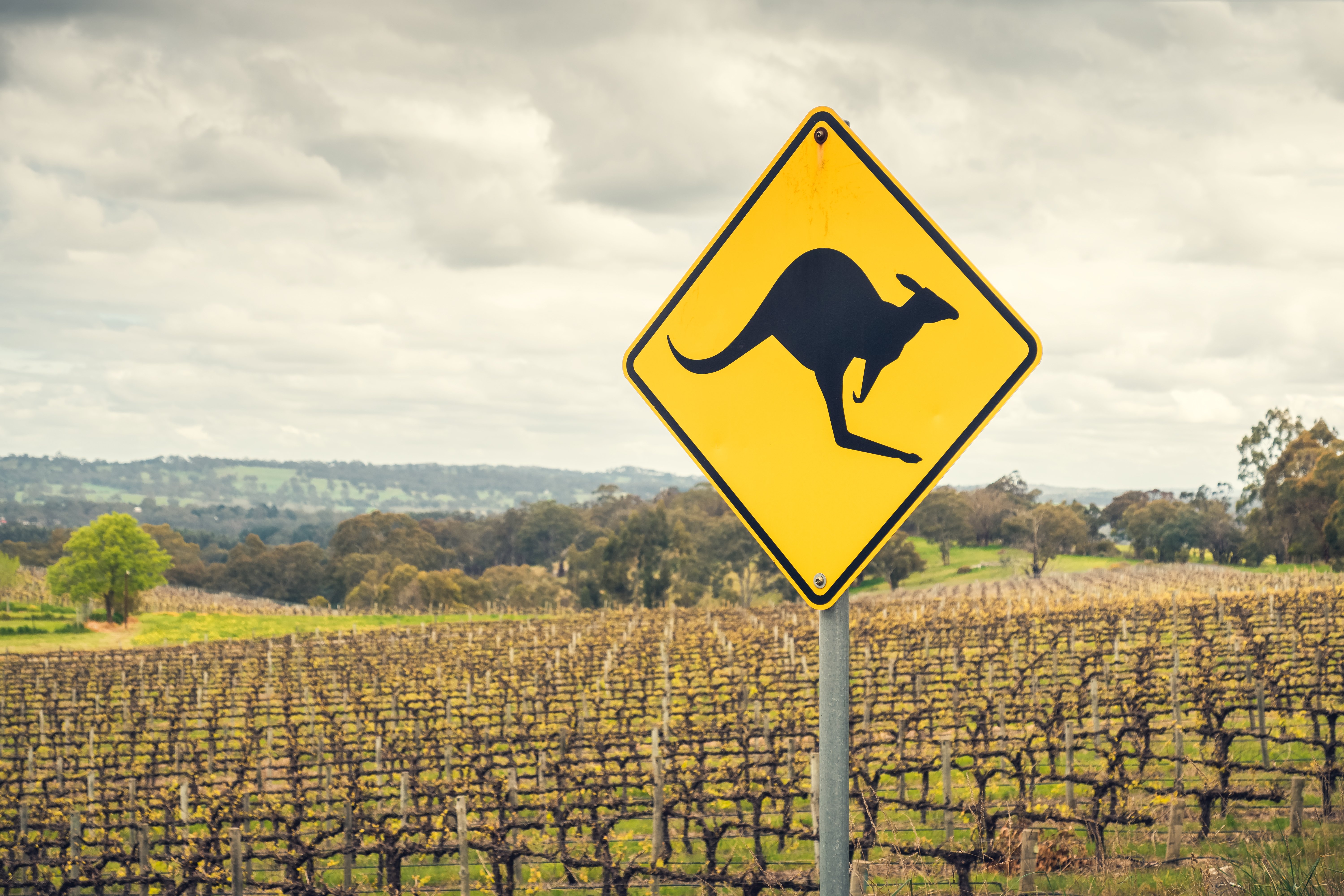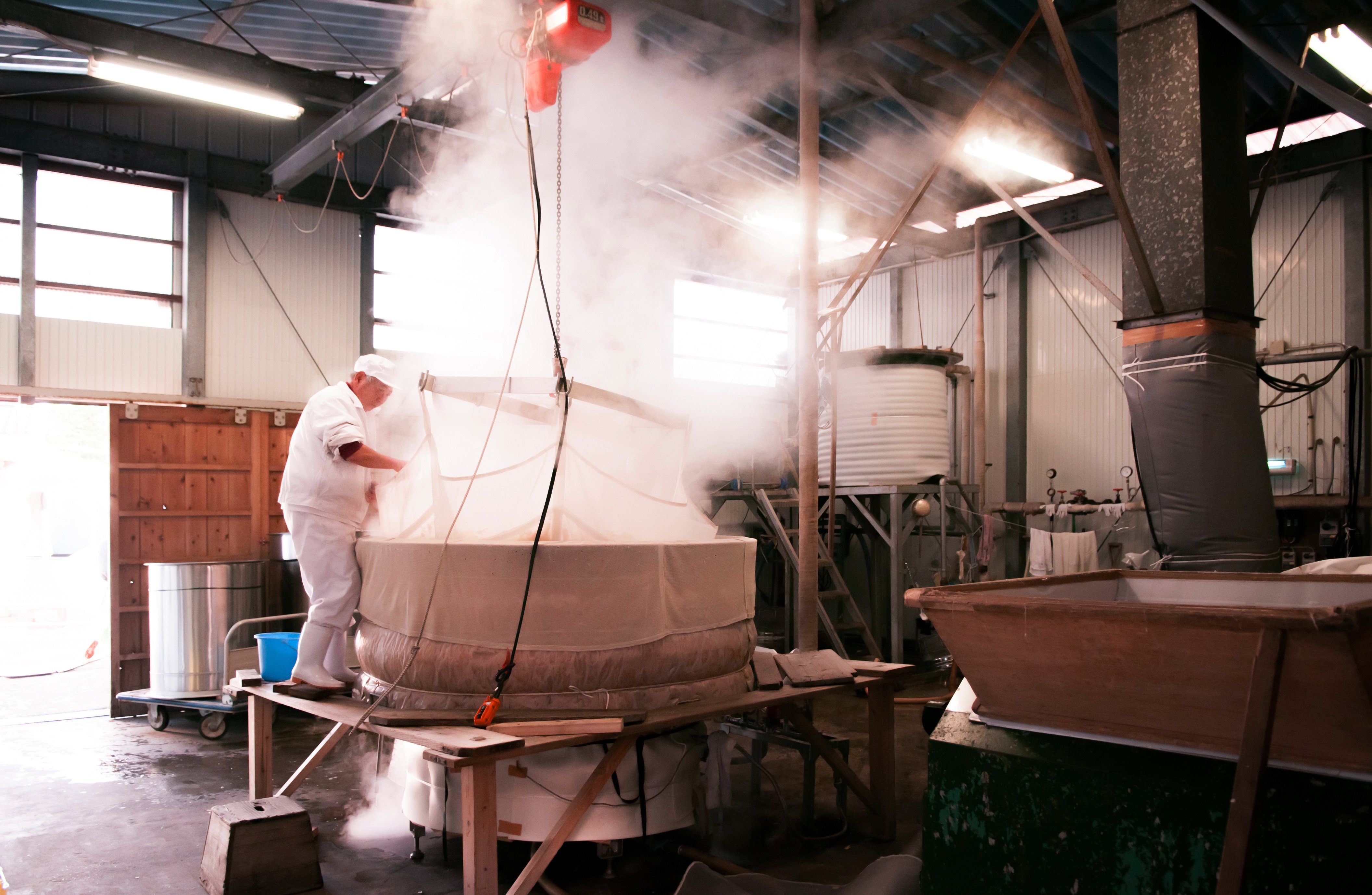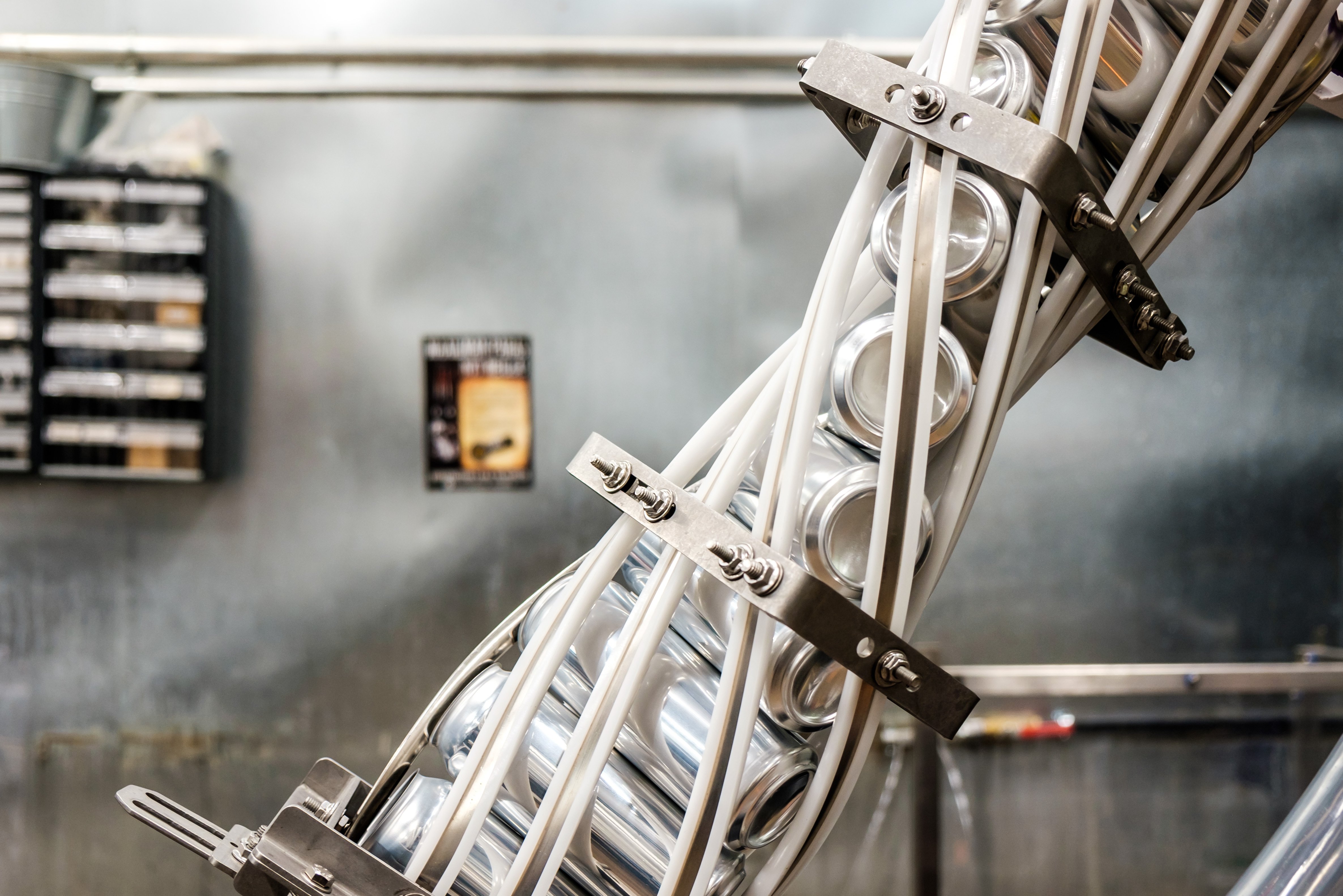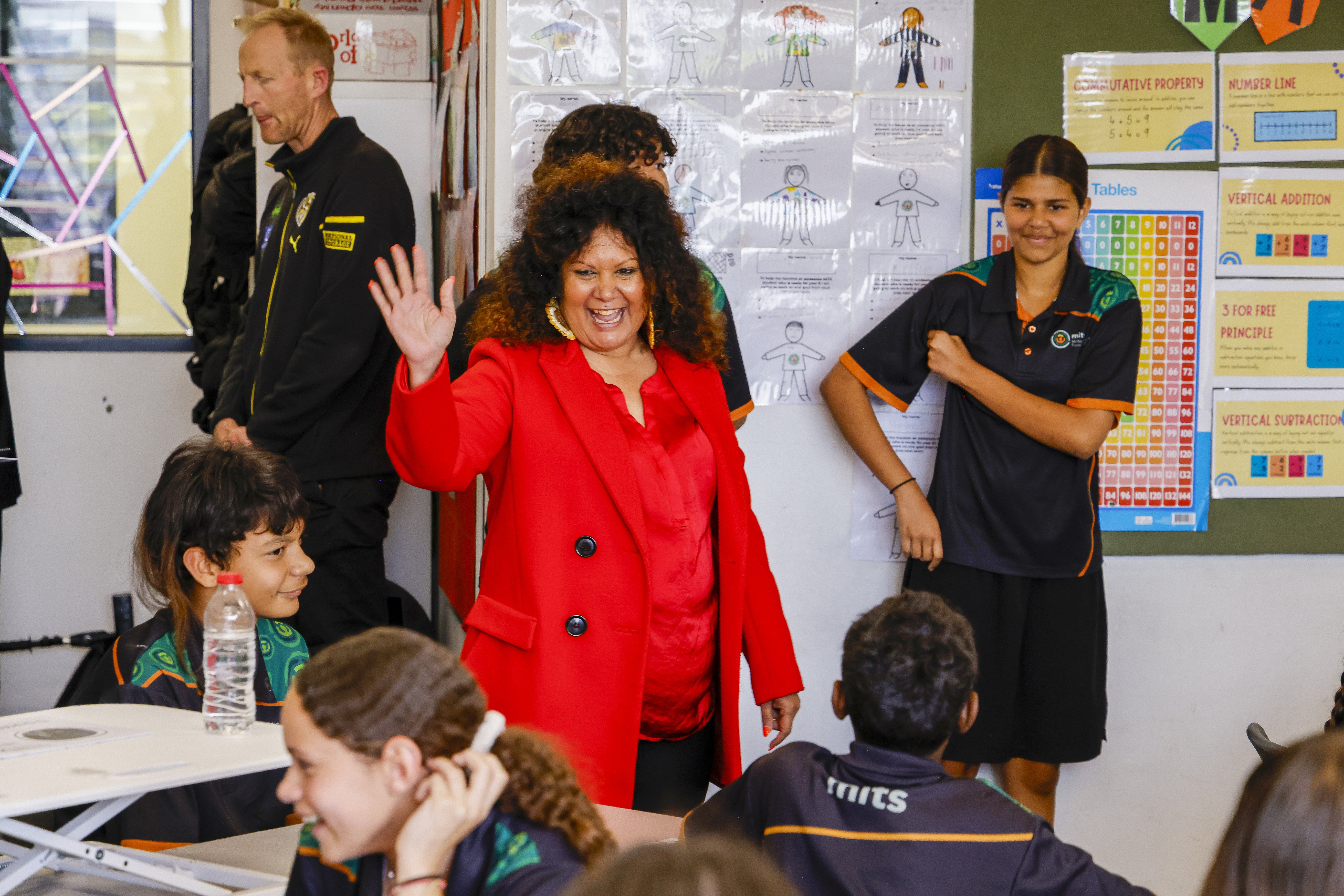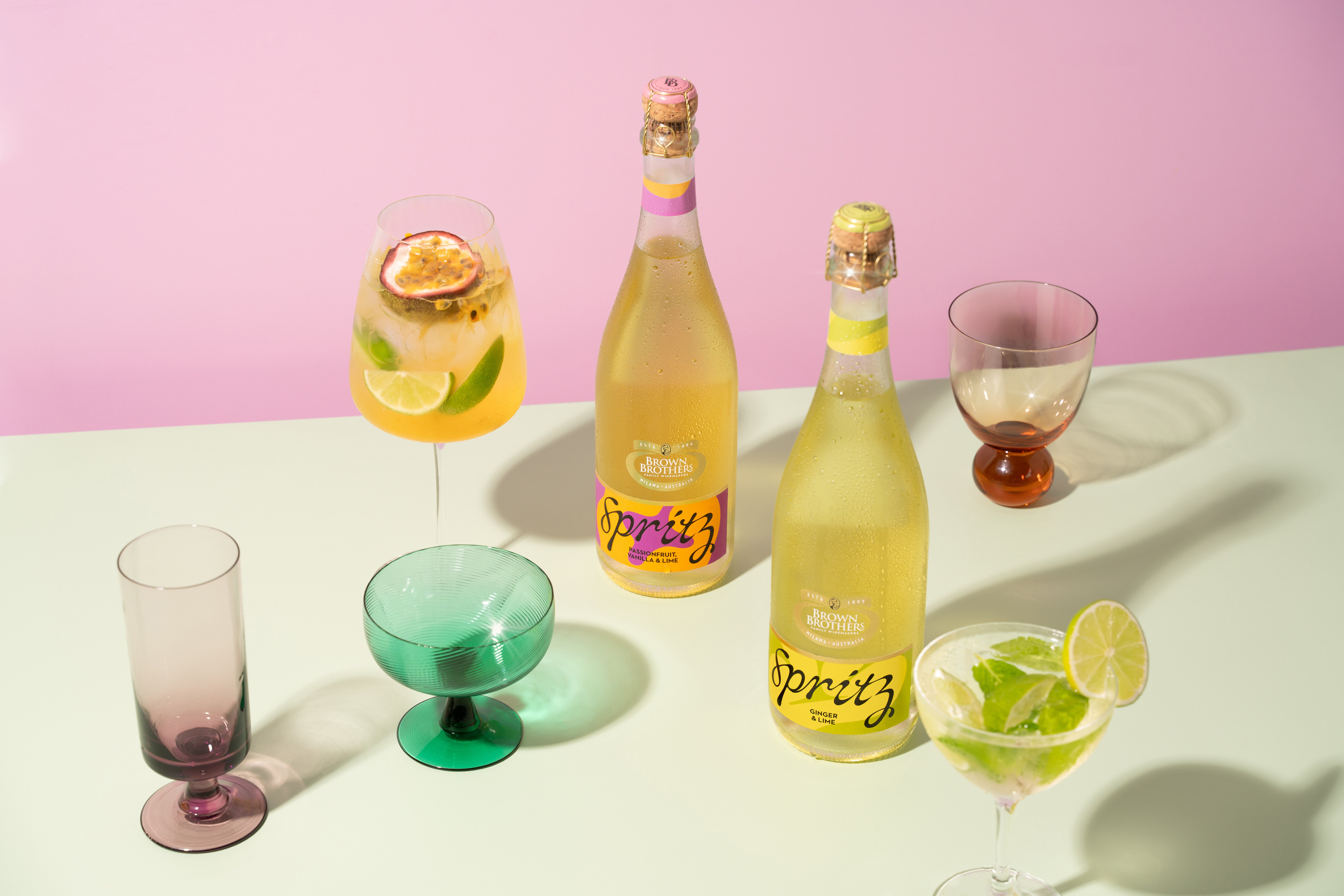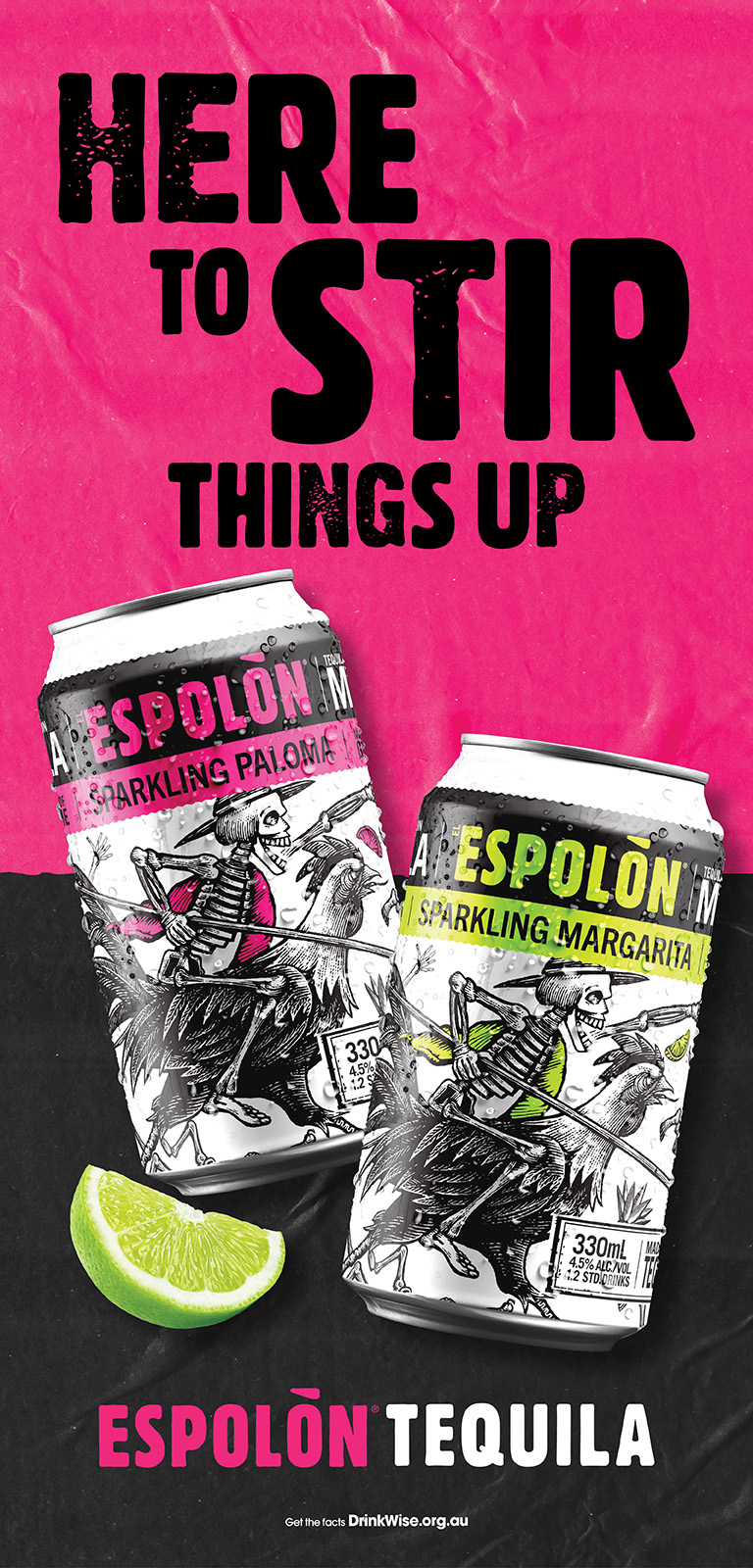According to Wine Australia’s National Vintage Report 2024, Australia's wine industry crushed a total of 1.43 million winegrapes this year. While this represents a 9% increase on 2023’s historically low crush, it still sits significantly below the 10-year average of 1.73 million tonnes.
Reductions in per-tonne value further have impacted profitability, with the overall worth of vintage 2024 expected to be $1.01 billion, only 2% up on vintage 2023 despite the 9% volume increase.
This year's results are reflective of longer term trends, with three of the past five vintages falling below the 10-year average.
“As a result, we’ve seen the five-year average decrease by over 100,000 tonnes in the past two years,” said Peter Bailey, Wine Australia’s Manager of Market Insights.
“However, the reduction in the crush doesn’t necessarily reflect a decrease in the underlying supply base. There is no indication that the vineyard area has declined significantly, so the potential for a large crop still exists without active management of yields.”
In total, 2024 crush grew by 112,000 tonnes when compared with the year prior, driven entirely by a 19%, or 117,000 tonnes, increase in white winegrape varieties. Meanwhile, the crush of red varieties decreased by 1% to 705,000 tonnes. This means that white winegrapes represented 51% of the overall crush, the first time since 2014 that it has topped red winegrape quantities.
Despite the 19% year-on-year increase, the amount of white varieties crushed was still 10% below the 10-year average and the second smallest in 17 years. The crush of red varieties was the smallest since the drought-affected 2007, and 40% down from its 2021 peak of 1.2 million tonnes.
Despite this, most red winegrape varietals other than Shiraz showed signs of increasing.
“The overall reduction in the red crush is entirely driven by Shiraz, which decreased by nearly 48,000 tonnes while most other red varieties increased,” said Peter Bailey.
“This decrease was not just from the inland regions, with the Barossa and Clare Valleys accounting for one-third of the reduction.”
While Bailey recognises that some seasonal factors “have contributed to 2024 being another small vintage,” he believes “the significant further reduction in the red crush can be largely attributed to decisions made by grapegrowers and wine businesses to reduce production.
“These decisions are being driven by low grape prices, significant red wine stock overhangs and reduced global demand for wine,” he said.
Regarding overall value, cool/temperate regions faired better, experiencing a small increase of 3% in white while the average value of reds remained much the same as last year. In contrast, the value of both reds and whites produced in Australia’s warm inland areas declined by 5%.
According to Peter Bailey, “It’s important for growers to look at the price changes for individual regions and varieties, to get a true picture of the market signals. However, the overall 2024 results, particularly the on-going decline in prices for the major inland varieties, indicate that there is no shortfall in supply from the inland regions, despite the successive low vintages.”
Drinks Trade recently sat down with the Executive Officer and Independent Chair of Riverland Wine, the organisation representing one of Australian wine's most hard-hit sectors, to discuss the pressures being faced by its members.
"There is quite a significant oversupply of wine in Australia, and [this] particularly impacted the Riverland," said Darren Oemcke, Independent Chair.
Executive Officer Lyndall Rowe added, "some growers are hit harder than others, particularly in that group where you’ve got smaller growers. 50% of the Riverland grape growers are 10 hectares or less, so it’s just really hard to produce wine grapes that are profitable, essentially, because you’re dealing with such small volume."
When asked about the future for Riverland's wine trade, Oemcke said, "We’re hopeful that the price will come up in the next couple of years, but we think that, for some producers in the region, there’s some tough times, and for some producers in the region, they’ve got some great times in the next couple of years."

Interview: CEO of Wine Australia talks China re-entry, wine glut, and program changes
Growers of the CCW cooperative reject Accolade’s $4,000/ha buyout offer
Share the content
